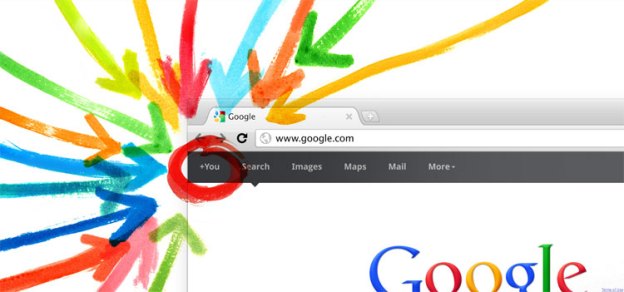
For a few brief hours Wednesday evening, Google allowed current users of its newly unveiled social network, Google+, to send out invites to whomever their hearts desired. That option was swiftly shut down, however, after an sudden onslaught of people came rushing to the site in hoards.
“We’ve shut down invite mechanism for the night. Insane demand,” announced Google’s head of social media Vic Gundotra on his Plus profile. “We need to do this carefully, and in a controlled way.”
For the most savvy Google+ users, however, there was another way to let their friends join: rather than send an invite the official way, all a Google+ user had to do was share a post — message, link, photo, anything — with a non-Google+ user by entering in their email address. When the recipient got the email notification that a post had been shared with them, a link at the bottom took them to a signup page for Google+. And voila, they were in.
Not anymore*. Our tests show that Google has shut down this very exploitable loophole. At the time of this writing (1pm EST), anyone who tries to sign up for Google+ will receive a message that says registration has exceeded the limit. From what we can tell, that includes anyone who tries to sign up, whether they have an official invite or not.
There may, however, be another way — but it won’t work immediately. One of our contacts on Google+ tells us that users can simply create a new “Circle” (which Google+ uses to organize user contacts) and add Gmail IDs to it. Those users should receive an email invite within 24 to 48 hours. We have yet to confirm whether this work.
Regardless, if you want to get in on the Google+ action, you’ll have to wait until they re-open the floodgates. Which could happen at any moment, so be ready, ’cause you’ll have to act fast.
*UPDATE: According to the chatter on Google+, the share loophole is still working for some people, but not others, so it’s at least worth a try. Let us know in the comments if you’re successfully able to join.


